Separating the best from the rest in the world of horror literature
Similar to many other genres of literature, the horror genre has an exceptionally strong core with its most successful works recognised around the world. Just as the romance genre has its Mansfield Park or Pride and Prejudice, the horror genre has its Frankenstein and Dracula.
Despite this strong core, the volume of works created in the horror genre allows for a hugely diverse range of likes and dislikes that leaves much for discussion. Here today I will; share with you my top 10 favourite works in the horror genre.
As a disclaimer, I would like to say that some of these novels are not pure horror and may not necessarily fit into any one category. Nor will this list be an in-depth exploration of every text. With that being said, here is my list.
Number 10 – World War Z
Starting off the list is a more recent novel that perhaps deserves a resurgence given the state of the world in 2020. Max Brook’s 2006 work is a page-turner that engages us with its world-building, authenticity and – at times – almost precognitive narrative. A virus with origins in China begins to spread rapidly around the world and before long the entire planet is plunged into a war against the undead with the odds stacked heavily in the favour of the zombies.
Like many contemporary zombies stories, the nature of the horror throughout World War Z relies less on the gore and shock value of the undead and instead focuses on the ramifications of human action and inaction. The brutality of human nature, for example, expressed through the Redeker Plan is more horrifying that any descriptions of humans being torn apart or eaten by zombies and the knowledge that eleven million Americans freeze to death by fleeing to Canada to escape the pandemic is more haunting than any of the novel’s violent imagery.
Governmental inaction, denial and misinformation are at the centre of the spread as the virus circles the globe before any action is taken. Sound familiar? The subject of a big-budget yet unfaithful film adaptation released in 2013, World War Z has cemented itself as an important work in the canon of both horror and zombie literature as well as wider popular culture. The Coronavirus pandemic has only further highlighted the importance of the novel as a cautionary tale against procrastination in the face of nature’s forces.
Number 9 – My Best Friend’s Exorcism
Grady Hendrix has become a big name in the horror genre in the last decade thanks to works such as Horrorstör and My Best Friend’s Exorcism. His newfound recognition is well deserved if the latter of those works is anything to go by. It is rare for an author to be able to blend the genres of horror and comedy so seamlessly. Giving off a feel similar to the Duffer Brother’s Stranger Things, the novel is set firmly within the 80s and 90s and follows two high school girls who have to contend with everything you might expect in their teenage lives, from boy trouble to demonic possession.
Inevitable comparisons to William Peter Blatty’s novel The Exorcist (more on that later) followed after the publication of Grady’s novel. Indeed there are many similarities between the two stories. Yet it is the differences that allow My Best Friend’s Exorcism to shine. The characters in the novel live in a universe in which films like The Exorcist exist, leading to many hilarious moments where expectations are shattered in amusing fashion.
With that being said, there are of course moments of pure horror strewn throughout the novel that leaves us unnerved and, at times, sickened. The time taken by Hendrix in developing the relationship between his two main protagonists makes the ordeals they suffer all the more horrifying. Herein is perhaps the crowning achievement of the work, not the horror or the laughs, but the journey of two friends who stick together throughout the best and worst of times.
Number 8 – The Castle of Otranto
Anyone who claims to be a fan of the horror genre and has not read this novella should be ashamed. The work that sparked the beginning of the Gothic literary movement and paved the way for classics such as Dracula, Frankenstein and probably every other novel on this list is a marvel. Published by Horace Walpole in 1764, The Castle of Otranto laid the foundations for so many of the tropes and characteristics that we still continue to love (and fear) to this day.
Set in the titular Castle of Otranto, the villainous Manfred seeks to marry his daughter-in-law, Isabella, after his feeble son Conrad dies mysteriously before the wedding night. What ensues is a Gothic tale that involves ghosts, secret passages and codes of chivalry and honour. Perhaps not as spine-tingling as it once was, Walpole’s work is still deserving of a place on this list simply for its impact.
Yet there are still moments where the horror is allowed to shine through, particularly in Manfred’s pursuit of Isabella through the ancient medial castles, churches and forests and his presence looms large over the other characters. The characters are also easy to invest in, and this makes it easier for readers to buy into the tension the novella creates.
For the reasons listed above and many, many more, The Castle of Otranto is a classic worth visiting or revisiting, with much joy and terror to be found in the lonely passageways of Otranto.
Number 7 – Rosemary’s Baby
Possibly one of the most instrumental works on this list, like my previous entry, Rosemary’s Baby changed the landscape of Gothic literature and more specifically, the American Gothic than any other novel on this list. Published in 1967, Ira Levin’s second novel rewrote the script on what a Gothic novel could be. Instead of being a tale located in the lonely mountains of Europe or at abandoned hotels, or in quiet, unassuming rural towns, Rosemary’s Baby moves the story to an affluent neighbourhood in the urban metropolis of New York City called the Bramford.
Suddenly, the terror did not come from beyond the grave, or centuries-old creatures with a thirst for blood, instead the horror came from the peculiar couple next door, and, as we find out the further we delve into the narrative, from inside the marital bed. This trend persists to this day and can be found throughout other novels on this list and the decision remains a stroke of genius from Levin. Subverting our expectations gloriously, the bright lights and densely packed streets of the city no longer provide the safe haven they once did; now they hide their own sinister secrets.
A tale packed full of satanic cults and witchcraft, the novel moves at a steady pace, building the sense of mystery and unease through the actions of the characters and, best of all, leaves the reader with a palpable feeling of uncertainty long after the cover has been closed.
Number 6 – The Monk
The second classic Gothic text on this list, Matthew Lewis’ The Monk is a masterpiece in horror and scandal with one of the most powerful endings to any horror story I have ever had the pleasure of reading. Published in 1796, the narrative follows the titular monk through the city of Madrid and his corruption, from respected and trusted religious figure to crazed Machiavellian intent on murder and rape to his eventual fate of a gruesome death at the hands of Satan.
Continuing the traditional Gothic conventions set out by our earlier entry The Castle of Otranto, Lewis’ The Monk, places more impetus on sex and violence. Most unnerving though is the character arc the reader sees unfold. Ambrosio, or the monk, creates his own downfall, moving from a pious figure to a shadow of his former self, making pacts with Lucifer and giving in to his basest desires.
Most intriguing about The Monk is the relevance it holds in the twenty-first century. At its core, the narrative asks the reader the difficult question, can we really trust those in positions of power? The learned, the pious and morally sound? This is a question explored by Lewis some three centuries ago and yet still remains profoundly important today.
Number 5 – Psycho
It broke my heart to place this book so low on the list. If Ira Levin’s Rosemary’s Baby was the first American novel to move the horror to the city, then Bloch’s was the first to move the horror next door and hide it behind a mask of innocence. Taking place at the infamous Bates Motel, Psycho sees on the run Mary Crane spend the night. Before long, Mary is murdered by unknown hands and the reader is pulled into a whirlwind of mystery and intrigue.
As an admirer of the 1960 film adaptation directed by Alfred Hitchock, I will concede that the film has taken some of the onus away from the mastery found in Bloch’s novel. Minor changes made from page to screen do not diminish either work, but such is the excellence of the adaptation that Bloch’s novel is often found wanting by the general public. Both are the absolute apex of the various genres they represent.
The mystery surrounding Norman Bates and his mollycoddling mother is one of the best ever put to paper; most important of all, there are just enough jigsaw pieces provided to complete the puzzle while still feeling a genuine sense of accomplishment, alongside the dread that comes with the macabre final reveal. Pyscho is a mesmerising blend of traditional gothic tropes, wrapped in a mystery narrative and leaves the most pleasurable of uncanny aftertastes.
Number 4 – The Exorcist
What can I say about this entry that will be original? Everyone knows the story of Regan Macneil and the tragedy that befalls her. Everyone recognises with horror the face of a possessed eleven-year-old girl. Everyone knows the bravery of the two priests who fought to protect the innocent. This is a testament to the work of William Peter Blatty, despite stiff competition from other works such as Carrie, The Amityville Horror and We Have Always Lived in the Castle, The Exorcist holds the crown for the creepiest child in fiction. Such is the cultural impact and saturation of Blatty’s novel, that people who haven’t read the book or watched the movie will be able to quote lines from the film, or instantaneously perform an impression of Regan when referring to demonic children.
However, at the heart of the story is Damien Karras, a priest whose faith has abandoned him and, despite his deteriorating beliefs, enters the fray to save Regan’s soul, accompanied by Lancaster Merrin, a veteran priest who has encountered the demon Pazuzu before. Together they enter into a spiritual battle and both must pay a price for the safety of the innocent.
Rising above the obscene imagery and overarching sense of inexorable dread is the blending of science with the supernatural in many passages throughout the novel. With Regan’s ordeal at the hands of demonic forces being juxtaposed horrifically with her ordeal at the hands of contemporary medical science, both fighting a battle that leaves the character as collateral damage in their quest for supremacy.
Simply put, The Exorcist is a rollercoaster of disturbing imagery, paranoia and agony that doesn’t let the reader go until long after the book is closed.
Number 3 – Red Dragon
Hannibal Lecter. A character more famous than the books which spawned him is one of the best literary and cinematic villains ever created. However, to say there is only one reason why Red Dragon comes close to topping my list is to do the rest of the novel a disservice. So let’s get the cannibalistic elephant in the room out of the way first.
Confined to a cell throughout the novel, Lectre miraculously manages to pose a significant threat to both FBI agent Will Graham and the reader. With his fearsome intellect, we know we can’t beat him in a game of wits, and locked behinds bars, the only weapon Lecter has at his disposal is his wits. His ability to outfox the authorities from withing a room holding only a bed and a toilet is both awesome and chilling.
With that being said, Will Graham is one of the genre’s more sympathetic characters. With pressure from the FBI to come out of retirement, from his wife who wishes him to stay at home, from the media – represented by Freddy Lounds – who seek to sensationalise Graham’s escapades at the cost of his privacy and dignity, and, of course, two serial killers in the Tooth Fairy and old nemesis Lectre. Graham is an embattled character, dedicated and intuitive, he is a worthy vessel into which the reader can place themselves and enjoy the narrative from his perspective.
While much of the novel lacks traditional scares, it is the oppressive feeling of anxiety that persists and makes a reading of Red Dragon a challenging experience at times. However, our faith is reaffirmed after the story, with Graham succeeding in catching The Tooth Fairy and being spared a humiliating by Lecter, although he is left with a permanent reminder of his trauma.
Number 2 – Cujo
As a fan of Stephen King, my hardest task in making this list was resisting the urge to litter it with works from his bibliography. Having read all of his staples such as The Shining, The Stand and Salem’s Lot I ultimately found myself returning to my first King novel, Cujo.
Detailing the grisly events the befall a small group of people in the fictional Chamberlain, Maine, Cujo sees the titular good-natured Saint-Bernard turned into a ravenous monster as a result of a bite from a bat. Before long, some will have to pay the price as Cujo’s rabid state deteriorates and he becomes a danger to all around him. Unfortunately for King, he has famously stated that he remembers little of writing Cujo due to alcohol and drug addiction at the time.
One of his more naturalistic novels, Cujo is so unsettling because the horrors it presents are very real. Rabies – and by extension, disease – is a naturally primal fear of man and, after a reading of Cujo, it is easy to see why.
It is King’s toying with perspective that gives Cujo its most memorable and unsettling moments. With occasional passages being told from the viewpoint of the titular canine allowing the reader to see the changes undergone by the animal while also getting insight on his emotions, his hunger, his confusion and anger. We not only get to empathise with the antagonist, but we also get to see nature in its rawest form, a mother protecting her child from the dangers of an unforgiving world.
Number 1 – The Body Snatchers
The Body Snatchers is, without doubt, one of the most chilling stories ever to be put to paper. A story that can get inside your head and breed paranoia as easily as it can hook you in within the opening chapters. Published in 1953 during the early years of the Cold War, Finney’s work oozes with mid-twentieth-century American anxieties. The foreign invaders who manage to overpower an idyllic Californian town are an apt stand-in for the Soviets. Yet, the beauty of the narrative and lack of direct comparisons to America’s Cold War enemies allows the reader to replace the Russian’s with anyone. Any group in fear of infiltration or the threat of invasion can – and will – find terror within the pages of this book.
Written during the golden age of Science-Fiction in the early to mid-twentieth century, the narrative, surprisingly, lacks much of the science that gives the genre its name. Instead more onus is given to the horror elements of the novel and the uncertainty surrounding the motives of its characters. The whole novel feels like one big guessing game, who can we trust? Who is an alien? Will these invaders spread across the world? It is all of these questions and more that make The Body Snatchers one of the most intense and atmospheric reads out there.
Ultimately, The Body Snatchers is one of those rare novels that is a beautiful combination of simple prose, historical context, relevant themes and a universality that gives it both timelessness and insight into American culture in the 50s, providing a gripping experience that also sparks curiosity. Never before nor afterwards has a novel been as effective in absorbing its readers while also scaring the wits out of them. Truly a masterpiece.


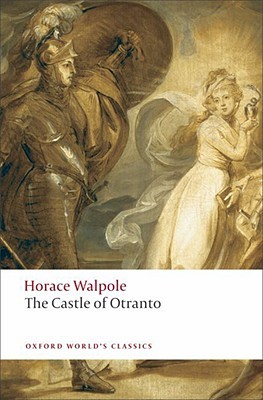
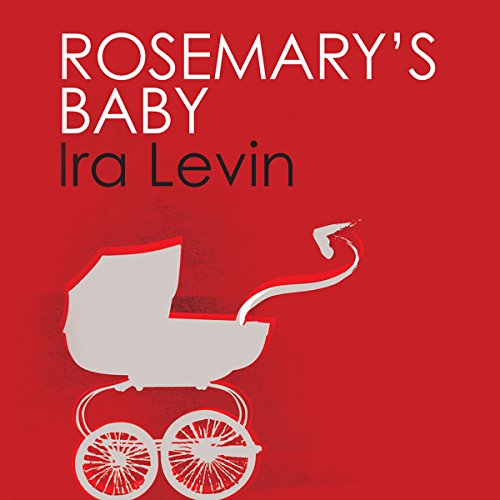
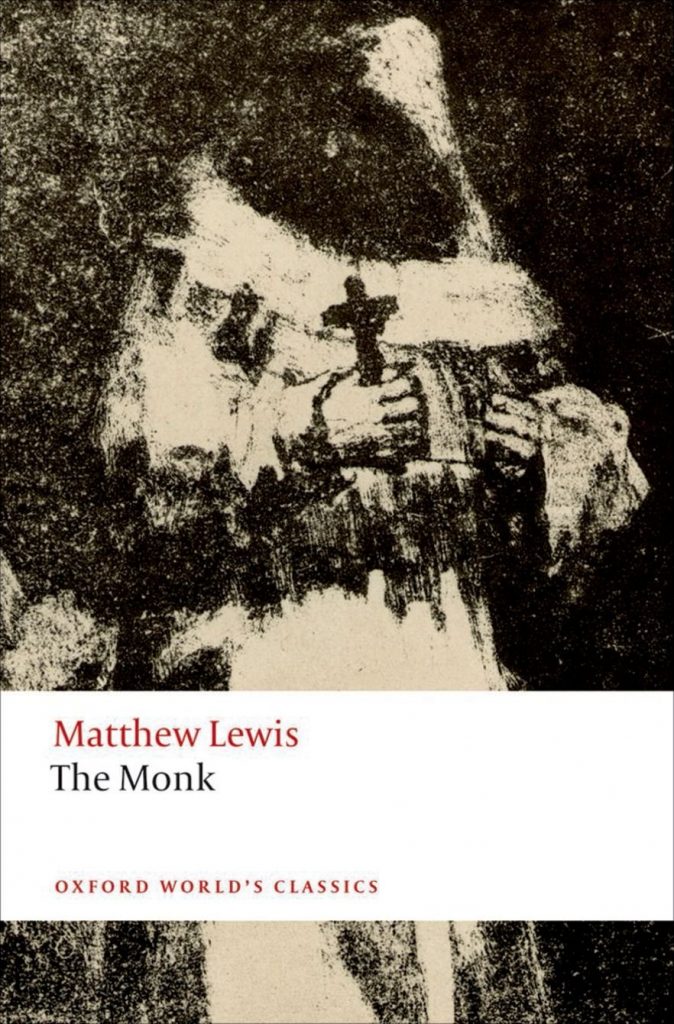
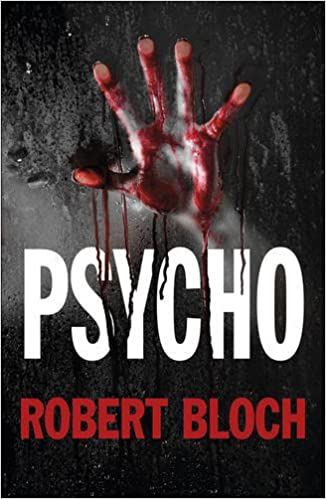
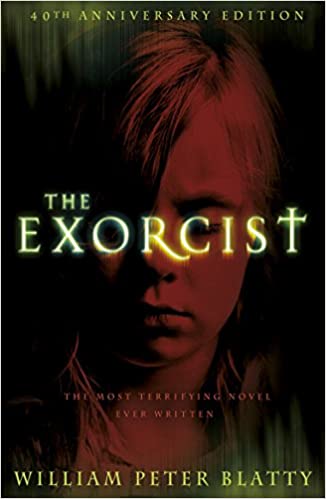
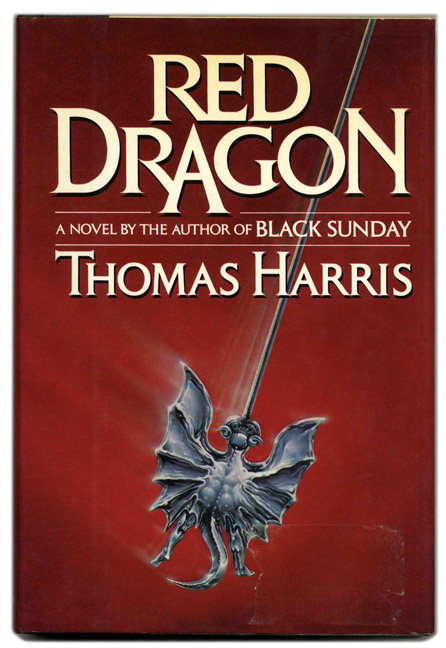
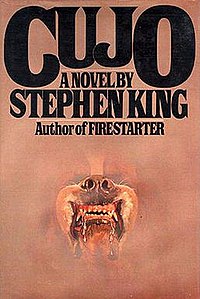
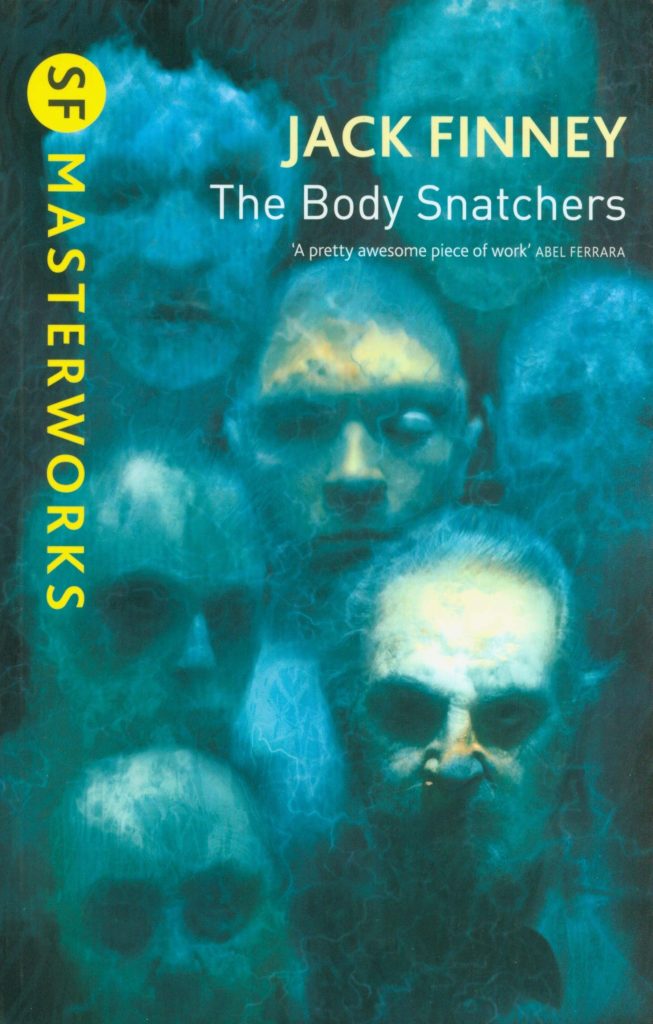
best